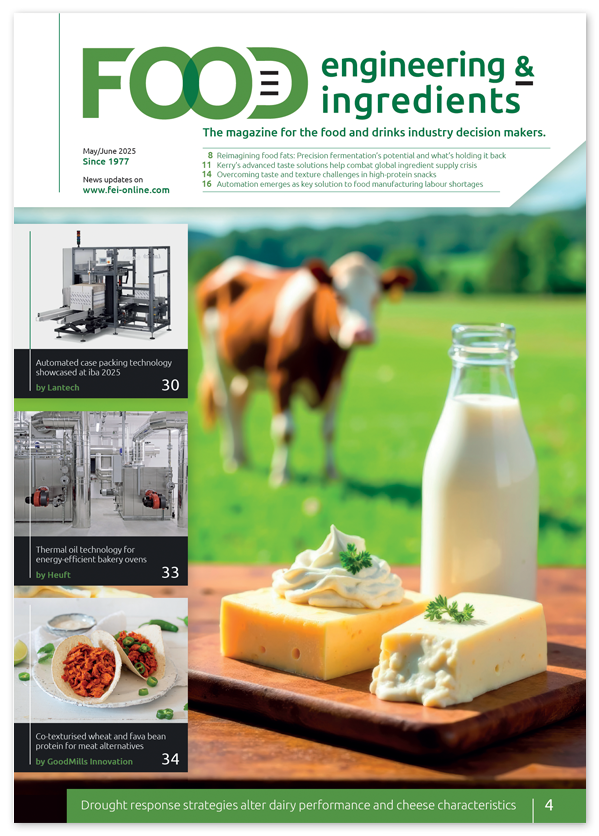Sunflower extract fights fungi to keep blueberries fresh
Opening a clamshell of berries and seeing them coated in fuzzy mould is a downer. And it’s no small problem. Gray mould and other fungi, which cause fruit to rot, lead to significant economic losses and food waste. Now, researchers report in ACS’ Journal of Agricultural and Food Chemistry [1] that compounds from sunflower crop waste prevented rotting in blueberries. They suggest the food industry could use these natural compounds to protect against postharvest diseases.
Sunflowers are cultivated around the world for their seeds and oil, but the flower stems (receptacles) are generally considered to be a waste product. Noting that this crop is particularly resistant to many plant diseases, Xiao-Dong Luo, Yun Zhao and colleagues decided to investigate whether its receptacles might contain chemical constituents responsible for this protective effect. They also wanted to find out if these compounds could be used to fend off fungal plant pathogens in fruit, as a way to avoid the toxicity and resistance associated with chemical fungicides.
The researchers used methanol and ethyl acetate to prepare extracts from sunflower stems. They then isolated and identified the components in these extracts, focusing on diterpenoids, which are known to have biological activity. They found 17 diterpenoids, including four previously unknown compounds. Most of the diterpenoids showed activityagainst grey mould. Four of the compounds – including two of the newly identified ones – were effective at destroying the plasma membrane of this fungus, causing its cells to leak and preventing it from forming biofilms. In another test, the researchers briefly wet blueberries with the receptacle extracts, then dried the fruits and injected them with mould spores. Over a period of six days, the receptacle extracts protected almost half the berries from mould growth. The scientists conclude that sunflower stem extracts could be used as a natural biocontrol agent to prevent postharvest disease in fruit.
Reference:
1. https://doi.org/10.1021/acs.jafc.3c05553



